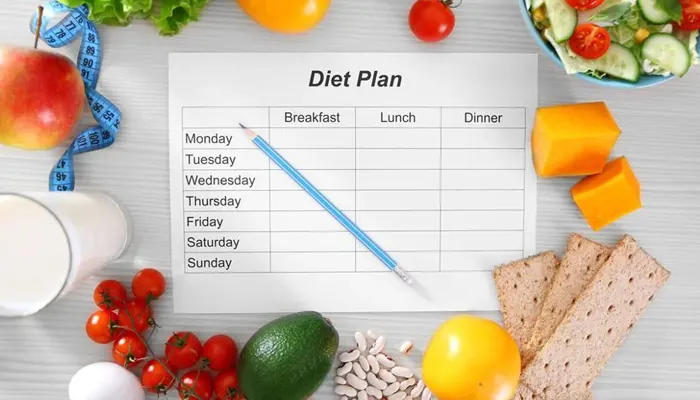Constantly Feeling Exhausted? Try these Daily Sources of Magnesium in Diet
- Puja Sinha
- 1 year ago
- 3 minutes read

Magnesium is an essential mineral that plays a crucial role in various bodily functions, including muscle and nerve function, sugar control, and bone health.
Magnesium deficiency can make you feel tired as magnesium is involved in the process of converting food into energy by activating adenosine triphosphate (ATP), the main energy currency of cells. Without enough magnesium, the efficiency of ATP production drops, leading to lower energy levels and making you feel fatigued.
What are the typical signs of magnesium deficiency?
Leg Cramps
One of the earliest signs of magnesium deficiency is muscle cramping, particularly in the legs. This can especially occur at night or after physical activity.
Muscle Spasms
Involuntary muscle twitches and spasms are common, especially in the eyelids, face, or other parts of the body.
Insomnia
Magnesium helps regulate the sleep-wake cycle, so a deficiency can lead to trouble falling asleep or staying asleep, which leads to day-time exhaustion.
Blepharospasm
An annoying, involuntary twitching particularly of the eyelid can be a sign of low magnesium levels, often triggered by stress or fatigue.
Spinach
One of the best sources of magnesium, spinach is incredibly versatile. You can use it in salads, smoothies, or sautéed as a side dish. A cup of cooked spinach provides around 157 mg of magnesium, which is about 37% of the recommended daily intake (RDI).
Nuts and Seeds
Cashews
Another nut rich in magnesium, one ounce of cashews provides around 74 mg. Cashews can be eaten on their own, blended into creamy sauces, or added to stir-fries.
Pumpkin Seeds
These tiny seeds are magnesium powerhouses, with 1 ounce providing around 150 mg. Sprinkle them on salads, yogurt, or granola, or enjoy them as a snack.
Chia Seeds
These nutrient-dense seeds contain about 95 mg of magnesium per ounce. Add them to smoothies, yogurt, or oatmeal, or make a chia pudding for a nutritious dessert.
Whole Grains
Quinoa
This gluten-free grain is not only high in protein but also a good source of magnesium. One cup of cooked quinoa provides about 118 mg of magnesium. Use it as a base for salads, bowls, or as a side dish.
Brown Rice
A staple in many diets, brown rice offers around 86 mg of magnesium per cooked cup. It pairs well with a variety of dishes, from stir-fries to curries.
Oats
A classic breakfast option, oats provide around 57 mg of magnesium per half-cup of dry oats. Enjoy them as oatmeal, overnight oats, or blended into smoothies.
Legumes
Black Beans
A cup of cooked black beans provides around 120 mg of magnesium. They are great in salads, soups, or as a side dish.
Lentils
These versatile legumes offer about 71 mg of magnesium per cup of cooked lentils. Use them in soups, stews, or as a protein-packed base for salads.
Chickpeas
Also known as garbanzo beans, chickpeas contain around 79 mg of magnesium per cup when cooked. They’re perfect for making hummus, adding to salads, or roasting for a crunchy snack.
Fruits
Bananas
Known for their potassium content, bananas also offer around 32 mg of magnesium per medium-sized fruit. They make a great snack or can be added to smoothies and oatmeal.
Figs
Fresh or dried, figs are a tasty way to boost your magnesium intake. A half-cup of dried figs contains around 51 mg of magnesium.
Herbs and Spices
Coriander Seeds
Coriander contains around 26 mg of magnesium per tablespoon. Use them to season dishes or grind them into spice blends.
Basil
Fresh basil contains small amounts of magnesium (around 1.3 mg per tablespoon), but when used generously in pesto, salads, or as a garnish, it can contribute to your daily intake.












